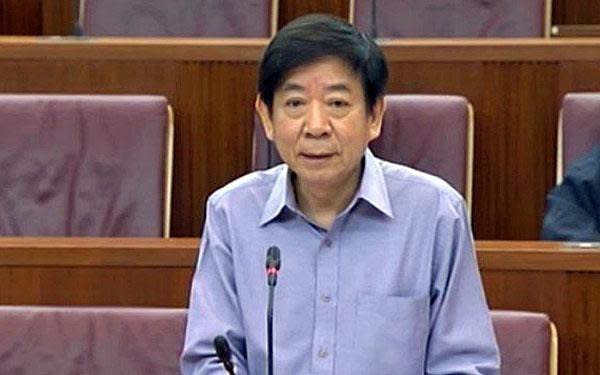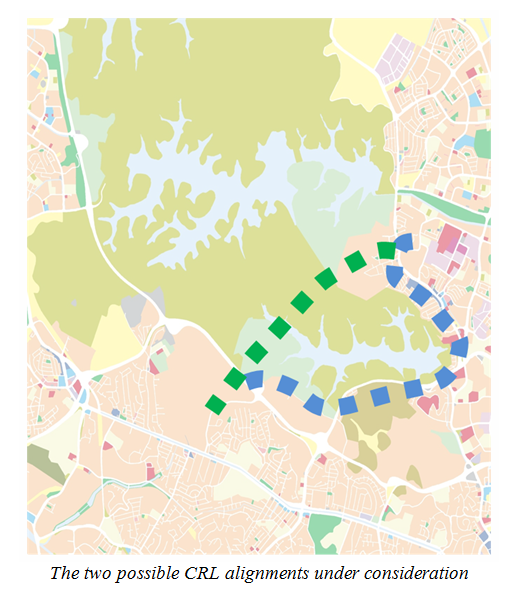Cross Island Line travel time will take 6 minutes more with skirting route: Khaw

Choosing the skirting alignment for the construction of the Cross Island Line (CRL) tunnel at the Central Catchment Nature Reserve (CCNR) will cost commuters six minutes of additional travel time, said transport minister Khaw Boon Wan in Parliament on Monday (29 Feb).
Khaw was responding to questions posed by Nee Soon GRC MP and wildlife activist Louis Ng on the environmental impact for the construction of the 50-km CRL, and whether the transport ministry would opt for the skirting alignment at the CCNR to cater to more residents.
“I’m not sure if we can brush aside extra six minutes just like that because for the MRT commuters, extra half a minute is terrible,” Khaw said.
“Because when the train has a disruption and there’s an extra one minute of delay, within that one minute (commuters) send out maybe 100 tweets to flame LTA or SMRT,” he added.
“In the rail industry, they define disruption as anything that causes delay of more than five minutes, and six is more than five.”
The government has yet to decide whether to choose the 4km direct alignment or the 9km skirting alignment. In the first option, the route cuts through the CCNR by way of an underground tunnel, while in the second option, the line would be constructed underground along the perimeter of the reserve. The CRL is expected to be operational by 2030.
Khaw also said that the CRL, which will connect commuters from Changi to the Jurong Industrial Estate, will have more than 30 new stations with 600,000 daily trips made.
At almost every other station, commuters can switch to another line, which will “significantly enhance” the resilience of the network, Khaw said.
He reminded the House that the environmental impact assessment (EIA) focuses on just a section of the CRL, while the ministry has a duty to study the total impact of the line. This includes a study on the environmental impact, effect on taxpayers and potential home acquisitions.
The government has no estimation on the total cost of the project currently as more studies have to be made, Khaw said. Such studies usually take four to five years to be completed, he added.
On whether Singapore should opt for the skirting alignment to serve the residents living in the vicinity, Khaw said that the existing Circle Line and the upcoming Thomson Line will be available to serve them.

Photo by LTA
Changes to ground investigation methods to reduce environmental impact
Desmond Lee, senior minister of state for the ministry of national development, told Parliament that drilling machines used to create boreholes to collect rock and soil samples have been modified to reduce noise levels.
Ground investigators will be required to conduct checks only during the day so as to avoid disturbing the nocturnal animals in the reserve. These investigators will also be required to use handheld equipment to manually collect data in the forests to make up for the planned reduction in the number of boreholes from 72 to 16.
The geophysical survey has been limited to a 100-meter wide corridor, and will not be carried out at streams, swamps and dense vegetation, said Lee.
Investigators will be supervised by the National Park Board to make sure they adhere to the measures, he added.
Related stories:
Skirting the Central Catchment Nature Reserve could cost S$2b more: LTA
LTA’s soil check for Cross Island Line could threaten weaker wildlife: NSS
Singapore eco-artist calls on LTA to re-route Cross Island Line
Government to double MRT network by 2030, Jurong and Cross Island Lines announced
Stay updated. Follow us on Facebook.

